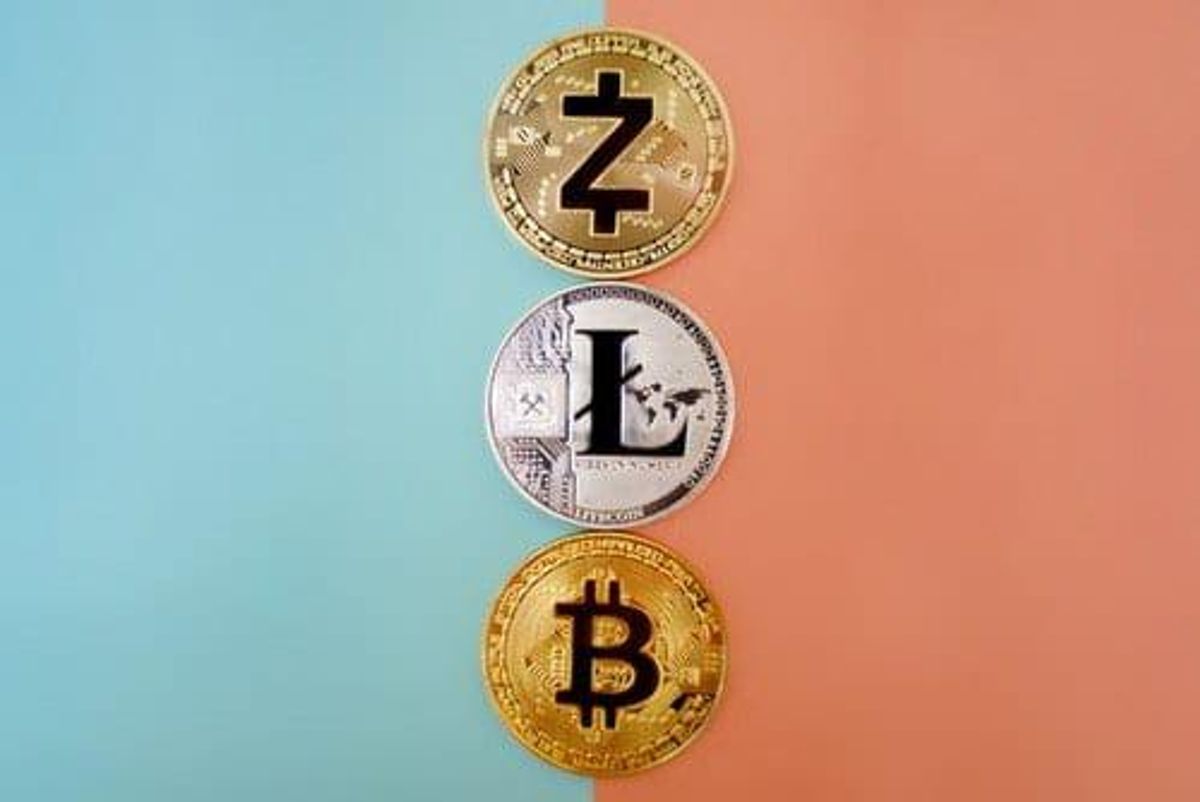
What’s the best cryptocurrency to invest in this year? INN takes a closer look at the top cryptocurrencies by market cap.
Cryptocurrencies first entered the market in 2009, when a developer using the pseudonym Satoshi Nakamoto developed a whitepaper that birthed the US$287 billion market.
Bitcoin started trading in 2010, not long after the whitepaper’s release, and was based off a public blockchain. In one of the earliest transactions, a bitcoin user exchanged 10,000 bitcoins for two pizzas. Almost 10 years later, bitcoin is still a major cryptocurrency, priced at over US$9,000 for one bitcoin with a market cap that exceeds US$164 billion.
In 2011, alternative cryptocurrencies began to emerge, including litecoin and namecoin. As of mid-2019, there were over 2,200 different cryptocurrencies available to investors, according to CoinMarketCap. Financial institutions are launching their own digital coins, decentralized apps and digital assets, and the cryptocurrency space and blockchain industry appear to be positioning themselves for long-term growth.
With the crypto winter of 2018 apparently at an end, a number of cryptocurrencies have realized growth of over 100, 200 and 300 percent year-to-date. Here, the Investing News Network looks at the top five cryptocurrencies by market capitalization, with data sourced from CoinMarketCap.
1. Bitcoin
Current price: US$9,274.53; Market capitalization: US$164.76 billion
With an over 57 percent share of the total cryptocurrency market, bitcoin remains the preeminent cryptocurrency.
As mentioned, the cryptocurrency has existed for a decade, weathering market turbulence and the debut of competitor cryptocurrencies. Year-to-date, bitcoin prices have gained 147 percent.
Oliver Isaacs, a bitcoin analyst, told The Independent that he sees the cryptocurrency reaching US$25,000 by the end of 2019. On the other hand, former financial analyst Tone Vays has said that he does not see the crypto bull run lasting due to the lack of external funds entering crypto market.
CoinDesk has cited Facebook’s stablecoin announcement as a factor that has propelled bitcoin past US$9,000 in June. The company’s GlobalCoin is projected to launch in 2020, and the news outlet reports that heightened adoption of the blockchain platform and cryptocurrencies will follow with its launch.
2. Ethereum
Current price: US$273.55; Market capitalization: US$29.14 billion
Ethereum has more than doubled in price throughout 2019, jumping from US$135.13 in January. Created in 2015, the cryptocurrency is run by a group of people around the world in an open-sourced, decentralized network.
Where it stands apart from other cryptocurrencies is that developers can use its blockchain platform to develop new blockchain applications. Ethereum serves as a store of value in digital asset form, and can be applied to make payments, cryptocurrency wallets and decentralized markets, plus other financial applications. Due to the scale of its applications, it has the largest blockchain community worldwide.
In June, one of Poland’s largest banks began integrating ethereum blockchain for document authentication in compliance with federal regulations. In addition, Societe Generale (EPA:GLE), JPMorgan (NYSE:JPM) and Signature Bank (NASDAQ:SBNY) have deployed ethereum-based blockchain projects. These include a payment platform, an ethereum-based security token and cross-border payments.
Ethereum split into ethereum (ETH) and ethereum classic (ETC) in 2015.
3. Ripple (XRP)
Current price: US$0.428; Market capitalization: US$18.19 billion
As the third largest cryptocurrency by market capitalization, ripple has gained over 20 percent in 2019. With investors including Google Ventures (NASDAQ:GOOG), Accenture (NYSE:ACN) and Santander (NYSE:SAN), ripple is principally engaged in payment settlement infrastructure for enterprises.
With a settlement speed of 4 seconds, XRP far outpaces its closest competitor, ethereum, which settles in 4 minutes. Bitcoin, by contrast, settles in over an hour, while traditional settlement processes take two to three days.
In addition to speedy settlement abilities, ripple provides more cost-effective foreign exchange and cross-border costs. Its global network, RippleNet, includes over 200 banks globally.
During the first quarter of 2019, ripple sold over US$61 million worth of XRP to institutional clients, according to its financial report.
4. Litecoin
Current price: US$134.12; Market capitalization: US$8.35 billion
Litecoin has gained more than 330 percent this year, making it the top riser among the biggest cryptocurrencies. With a supply shortage looming, investors are showing significant interest in litecoin.
Founded by former Google employee Charlie Lee in 2011, litecoin is a decenteralized network that handles higher transaction volumes than bitcoin. The litecoin blockchain generates a block every 2.5 minutes, which in turn leads to a higher capacity to handle faster transactions and confirmation times. In comparison, bitcoin generates a block every 10 minutes.The supply cap of litecoin is determined to be 84 million litecoins, which is quadruple the supply of bitcoin.
Approximately every four years, litecoin halves to quell inflationary pressures on the coin. The next halvening is scheduled for August, where miners will be granted 12.5 litecoins instead of 25 litecoins for every block generation.
5. Bitcoin cash
Current price: US$430.57; Market capitalization: US$7.68 billion
Bitcoin cash is predicated on allowing users to have full autonomy over their own currency. Operating within a decentralized system, bitcoin cash allows users to exchange a store of value free from a bank or centralized authority at a significantly lower cost with fewer transaction fees.
Bitcoin cash split off from bitcoin in 2017, separating into BTC and BCH. The primary difference between bitcoin and bitcoin cash is that bitcoin cash can process more transactions, up to 2 million per day. On the downside, bitcoin cash is more centralized.
Dr. Garrick Hileman, economics historian at the University of Cambridge, said, “Beyond the financial gains Bitcoin holders may realize from the advent of Bitcoin Cash, there are also potential technical benefits, such as observing how BCH performs with 8MB blocks and what kind of use it attracts.”
Don’t forget to follow us @INN_Technology for real-time news updates!
Securities Disclosure: I, Dorothy Neufeld, hold no direct investment interest in any company mentioned in this article.




